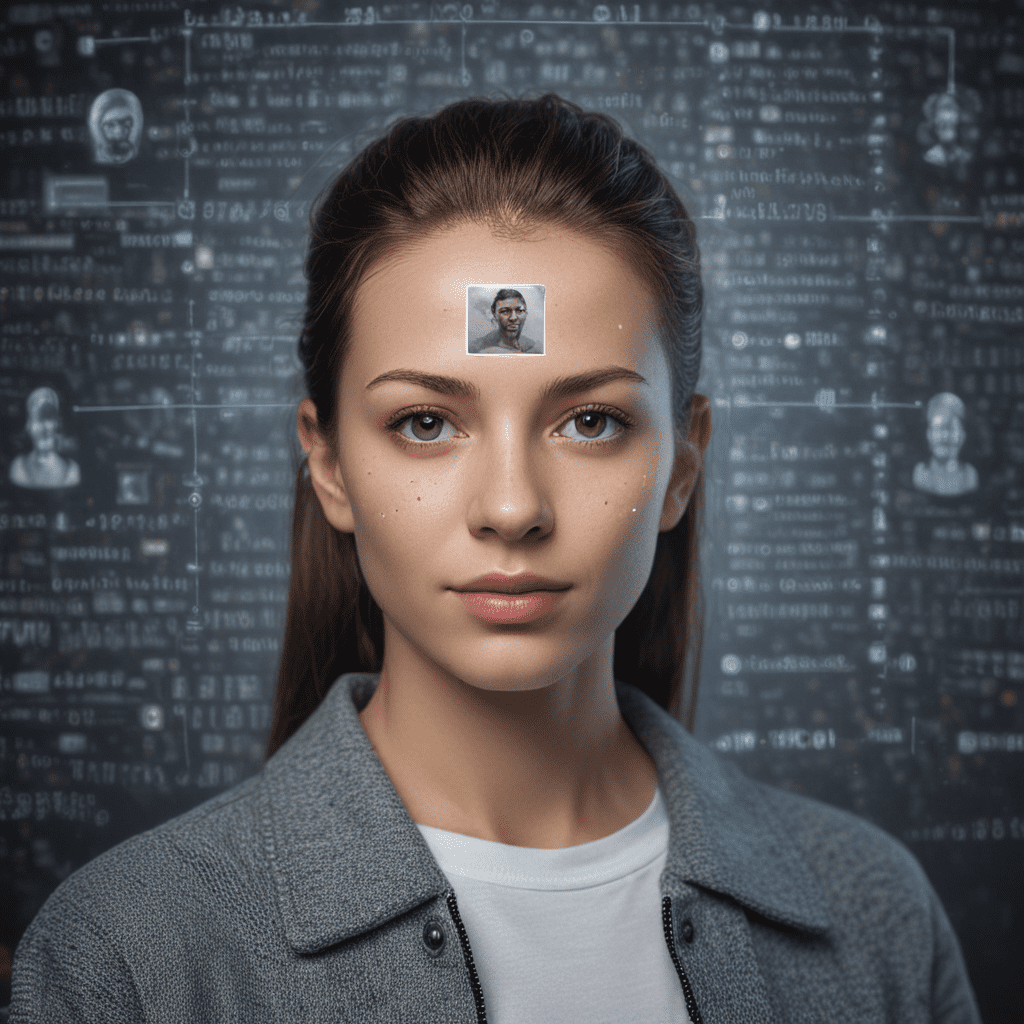Facial Recognition Technology: The Future of Digital Identity Verification
1. Introduction
In the rapidly evolving digital landscape, the need for secure and convenient identity verification methods has become paramount. Facial recognition technology has emerged as a promising solution, offering an innovative approach to authenticate individuals accurately and seamlessly.
2. The Rise of Facial Recognition Technology
The development of powerful computer vision algorithms and advancements in artificial intelligence have propelled the rise of facial recognition technology. These algorithms analyze distinctive facial features, extracting unique biometric data to create a digital template for each individual.
3. How Facial Recognition Works
The process of facial recognition involves three key steps:
- Face Detection: Identifying a face in an image or video using image processing techniques.
- Feature Extraction: Analyzing the detected face to extract distinct facial characteristics, such as the shape of the eyes, nose, and mouth.
- Comparison and Matching: Comparing the extracted features to a database of pre-enrolled templates to identify the individual.
4. Benefits of Facial Recognition for Digital Identity Verification
Facial recognition technology offers numerous advantages for digital identity verification:
- Enhanced Security: By utilizing unique biometric data, facial recognition provides a high level of security, making it difficult for individuals to impersonate others.
- Convenience: The hands-free and non-invasive nature of facial recognition makes it extremely convenient for users.
- Remote Verification: Facial recognition can be performed remotely, allowing individuals to verify their identity from any location.
- Faster Authentication: Compared to traditional methods, facial recognition offers a significantly faster and efficient authentication process.
5. Challenges in Implementing Facial Recognition Systems
Despite its numerous advantages, facial recognition technology also faces challenges:
- Bias and Accuracy Concerns: Algorithms may exhibit bias towards certain demographics, affecting the accuracy of identity verification.
- Data Privacy: The use of biometric data raises concerns about privacy and the potential for misuse.
- Technical Limitations: Environmental factors, such as lighting and facial expressions, can affect the performance of facial recognition systems.
6. Privacy and Security Concerns
The use of facial recognition technology raises significant privacy and security concerns. Collectin and storing sensitive biometric data creates the potential for data breaches and misuse by unauthorized parties. Additionally, the technology's susceptibility to spoofing attacks and deepfakes can compromise the integrity of identity verification processes.
7. Legal and Ethical Issues
The implementation of facial recognition technology has sparked legal and ethical debates. Concerns include the potential infringement of civil liberties, such as the right to privacy and freedom of movement. Additionally, the use of technology for surveillance and discrimination has raised alarm among privacy advocates.
8. Applications of Facial Recognition in Various Industries
Facial recognition technology finds diverse applications across multiple industries, each leveraging its unique capabilities:
- Banking and Finance: Enhancing security and streamlining customer onboarding processes.
- Healthcare: Improving patient identification and access to medical records.
- Retail and E-commerce: Personalizing shopping experiences and preventing fraud.
- Law Enforcement: Identifying suspects and enhancing public safety.
- Travel and Immigration: Facilitating smoother border crossings and immigration processes.
9. Future Trends and Advancements
The future of facial recognition technology holds promising advancements:
- Improved Accuracy and Bias Mitigation: Continued development of algorithms to reduce bias and enhance accuracy across different demographics.
- Increased Privacy and Security Measures: The implementation of stricter data protection regulations and technical safeguards to mitigate privacy concerns.
- Integration with Other Technologies: Combining facial recognition with other biometric modalities, such as fingerprint and voice recognition, for enhanced security.
- Real-Time Applications: The development of real-time applications that enable seamless identity verification in dynamic environments.
10. Conclusion
Facial recognition technology is poised to transform digital identity verification with its unique capabilities. Despite challenges related to privacy, bias, and ethical concerns, advancements in technology and the implementation of robust privacy measures will drive its adoption across various industries. As the technology continues to mature, it has the potential to revolutionize the way we interact with the digital world, providing enhanced security, convenience, and efficiency.
FAQs
Q: Is facial recognition technology accurate?
A: Facial recognition technology has achieved high levels of accuracy, but factors such as environmental conditions and facial expressions can affect performance.
Q: Does facial recognition violate privacy?
A: The use of facial recognition technology raises privacy concerns, and regulations are being developed to protect user data and prevent misuse.
Q: How can I protect my privacy when using facial recognition?
A: Be aware of the privacy policies of organizations that use facial recognition, and only provide consent when necessary. Use strong passwords and consider using two-factor authentication to enhance security.



